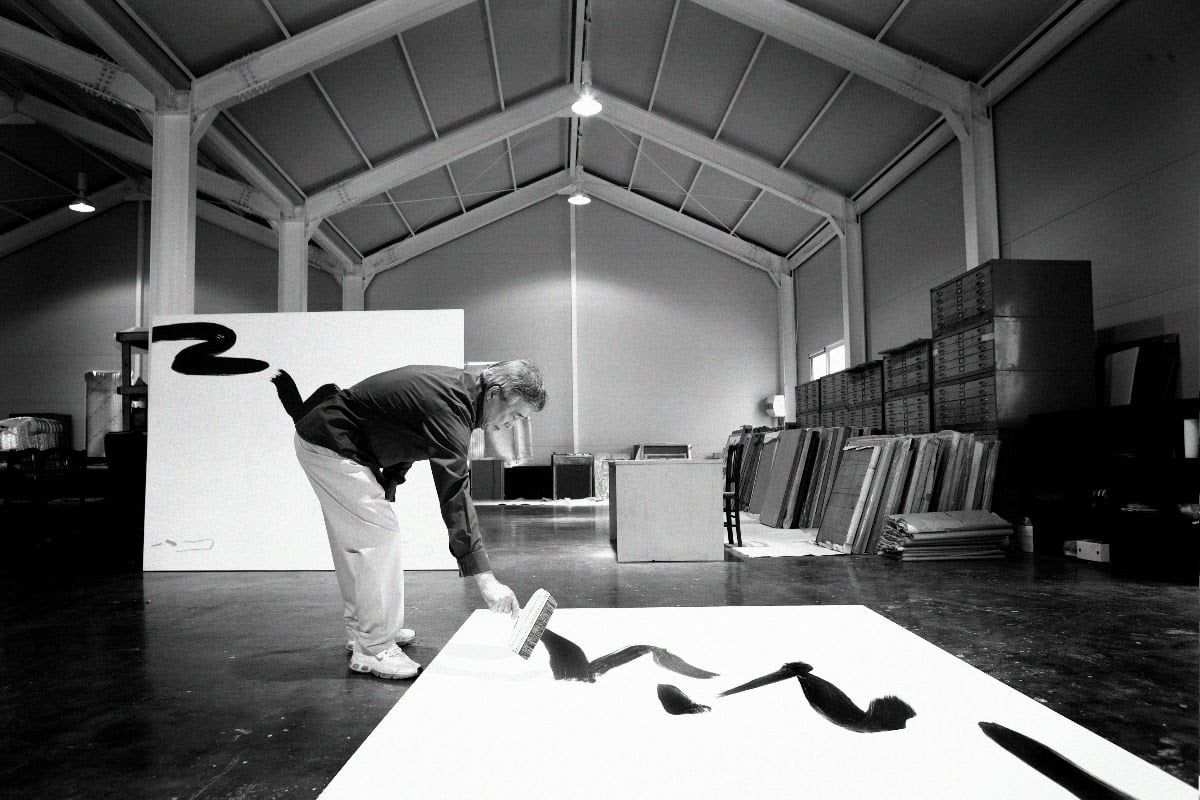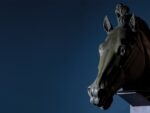Lee Kang-So – Becoming

Gallery Hyundai presentq Lee Kang-So: Becoming
in Venice.
Comunicato stampa
Gallery Hyundai announces Becoming, a solo exhibition by Lee Kang-So at Palazzo Caboto, Venice, 8 May – 30 June (preview 7 May). Breaking with conventions of the time, Lee Kang-So was a pioneer whose artistic experimentations were integral to the development of South Korea’s avant-garde performance art scene during the late 60s and 70s.
Coinciding with the Venice Biennale, the exhibition takes place in the historic Palazzo Caboto, on the waterfront between the Arsenale and Giardini. Gallery Hyundai returns to the building for a second time, following its Seung-taek Lee exhibition in 2017.
Born in 1943, Lee Kang-So is a native of Daegu and was a key member of the art group Shincheje (The New System) founded in 1970 and deeply involved in the founding of Daegu Contemporary Art Festival in 1974.
The artist has consistently presented experimental works that encompass a variety of genres including installation, performance, video and photography. Prolific performances included ‘Disappearance, Bar in the Gallery’ (1973), which saw the traditional gallery space turned into a pub with bar snacks and rice wine atop tables. The work was unprecedented in making audience participation central to the process and execution of the performance.
The exhibition embraces the artist’s interpretation of and long held interest in the concepts of the cosmos, the orderly system of nature, and becoming and disappearance, bringing together photography, video and installation. This follows on from his solo show at the gallery in Seoul, Korea, last year.
The artist is also part of exhibitions in 2019 including: Awakenings: Art and Society in Asia 1960s-1990s, National Museum of Modern and Contemporary Art, Korea, 31 January – 6 May 2019, and National Gallery Singapore, 14 June – 15 September; and Beyond Line: The Art of Korean Writing, LACMA, US, 16 June – 26 September.
Lee Kang-So (b.1943) lives and works in Anseong, Korea. He graduated from the Painting Department of Seoul National University in 1965. In 1991 Lee went to the State University of New York at Albany as a visiting artist whilst working as a professor in Gyeongsang University, and later joined the Studio Artists Program at MoMA PS1. His work is in numerous public and private collections internationally, including the National Museum of Contemporary Art, Seoul, Korea; Seoul Metropolitan Museum of Art, Seoul, Korea; Daegu Art & Culture Hall, Daegu, Korea; Open Air Sculpture Garden Asadal, Gyeongju, Korea; The International Museum of 20th Century Arts & Cultural Center, Laguna Beach, California, US; Written Art Foundation, Frankfurt, Germany; and Mie Museum of Art, Miegen, Japan.
About Gallery Hyundai
Since opening in 1970, Gallery Hyundai has continued to gain recognition for Korea’s most influential artists globally alongside representing prominent international artists within Asia.
Founded by Park Myung-Ja, Gallery Hyundai is the longest-running contemporary art gallery in Korea. For nearly 50 years the gallery has played an integral role in the development of Korea’s contemporary art infrastructure. It has helped foster the careers of major artists such as Kim Whanki, Nam June Paik (acknowledged as the founder of video art) and Seung-taek Lee. These also include many important Dansaekhwa (Korean monochrome painting) artists such as Chung Sang-Hwa and Lee Ufan. Throughout its history, the gallery has published books that have served as the first substantial writings on Korean artists to be published in English including Chung Sang-Hwa, Seung-taek Lee and Lee Kun-Yong.
Under the direction of the second-generation Do Hyung-Teh, the gallery has expanded its roster of artists, hosted the debut exhibitions in Korea of François Morellet, Ai Weiwei and Ryan Gander among others and maintained long-term representation of Robert Indiana and Thomas Struth.
Gallery Hyundai continues to support pioneering Korean and international artists through exhibitions in its galleries and beyond, collaborating with museums and institutions worldwide and participating in fairs. The gallery remains proud of creating its own history through its unwavering commitment to artists who pushed the boundaries of contemporary art and forward-thinking curatorial vision.



